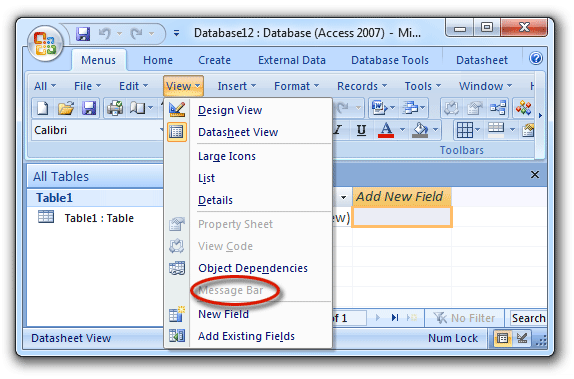

Step 4 – You can show/hide breadcrumbs on the right side or on the Center it depends on the page title style Start style or Center Style. In Noor 3.0 you can change page title Padding top and bottom from Page Title Padding. – In the Page Title panel, you can also customize other options such as page title styling, background color and image, and the text color. Step 2 – Locate the ‘Page Title Display’ and select either the On or Off to enable the Page Title Bar. Step 1 – Navigate to the Appearance > Customize > header > Page Title Bar panel to access the page title options. If your single posts have the second title set to On it will get an H2 assignment for the post titles if for example, the Appearance > Customize > header > Page Title is set to Off the post title will default automatically to H1. The downside is, despite this being HTML5+Javascript, it's very proprietary and not moving towards standards.īye, Olaf.IMPORTANT NOTE: For Noor 2.0 we have enhanced the handling of H1 automatic assignment for titles in the Page Title Bar and single posts. That architecture promises very performant apps. No Browser in between Javascript and the OS. įor Apps there still is a layer between your language of choice and the core, but the WinRT API layer is very much the same already, so this means less layers you need to cross to get at the file system, display, etc. What I learned last weekend on a german devcon (besides many other stuff) is about this. Double clicking is still what we're used to, not swiping. They should just either hide the tiles start screen in W8 for desktops or make it usable with both fingers and mouse. Mobile device specs don't differ much from desktops we had a few years or moths ago, so why need a shrinked down version of the OS? It's just the handling differs very much. But yes, it's gone.Īctually, I like the one size fit's all thought, same codebase. I read "WinCE" quite frequently in MSDN API references.
#Display in the title bar access how to
RE: How to allow a window to be dragged without a title bar Mike Lewis (Programmer) 10 Sep 12 03:06 You will have new tasks in there, eg making you UI elements big enough, independant on dpi and/or device dimensions.īye, Olaf. If you want to develop for touch, you can, there are much more ideal platforms than VFP for that, but I can understand that decision for touch enabling an old well known and used fox application. And I will not hurt my back with bad sitting positions or hurt my eyes by setting up a display nearer to the keyboard, just to be able to have it in touch reach. I think of that as really the biggest nonsense I've ever experienced. It's possible now, because you can have touch displays for the desktop, too. I also see younger people coming from Smartphones wanting to implement what they are used to from them onto the desktop. You have a totally valid point about this for a touch interface. iOS differs, but it's a different world than the desktop. MacOS and Linux forms also have title bars on their desktops.
#Display in the title bar access windows
And title bars are not windows exclusive. When you go to the Win8 Desktop it's still the old world. You're right, stanlyn, but that's about touch display and touch interaction. RE: How to allow a window to be dragged without a title bar Dan Freeman (Programmer) 7 Sep 12 12:03 Removing the title bar just makes more sense than creating a custom one.(Another option) I don't want the user to feel like they are using a computer when they navigate on their touchscreen. My form needs to be fluid and "pretty" over anything else. In my scenario, window controls are redundant to more descriptive controls within. If mobile, usually they are draggable by dragging a specific area of the window/panel or the border. The title bar would interrupt an otherwise unified, fluid design. If it is intended to be closed it will often have a 'close' button. You know what it is based on content or context. It may have panels with various displays, but oftentimes they will not have title bars. I hide the windows task bar, the _screen title bar, status bar, and border to provide a more dedicated experience in the program. I may be in the minority here, but we don't really want this program to look like it's an extension of windows during certain uses. If I cannot access anything else, why would I care about the arrangement? I will probably center and lock my modal form. In that list of forms that may not need to be mobile: Modal forms. I guess the difference is when you don't want the application to feel like part windows as much as it's own entity.īut you make a fair point Mike.


 0 kommentar(er)
0 kommentar(er)
